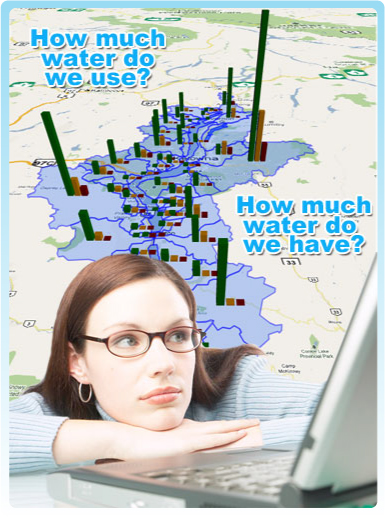Good water science is critical for wise water decisions.
The OBWB is committed to supporting practical water science by providing information that supports sustainable decision-making about our limited and shared water resources – at all levels of government, and for all water stakeholders in the Okanagan.
Find tools we’ve developed:
Tools For Homeowners:
- Okanagan Climate Indicators
- Okanagan Flood Story
- Building Climate Resilience in the Okanagan – A Homeowner’s Resource Guide
- Okanagan Lakeshore Living Guide
- Slow it, Spread it, Sink It! – An Okanagan Homeowners Guide to using Rain as a Resource
- A River Film
- Make Water Work campaign website
- Don’t Move A Mussel campaign website
- Okanagan Basin Water Board on YouTube
Tools For Local Governments
- Okanagan Climate Indicators
- NEW! Preparing for Invasive Mussels: Vulnerability Assessment Guide for Raw Water Infrastructure
- Source Water Protection Toolkit
- Okanagan Flood Story
- Drought Information & Updates
- Flood Information & Updates
- Okanagan Climate Data Guide
- Okanagan Basin Water Quality Database
- Okanagan Sustainable Water Strategy – Action Plan 2.0 (2019)
- Wetlands
- Planning Guides
The resources in this database provide legal mechanisms, innovative policies, and best practices that planners can use to help their communities adapt to climate change, protect green infrastructure, and carry out sustainable land and water use practices. - Water Supply & Demand
- Local Government Guide to the Okanagan Water Supply & Demand project
- Okanagan Water Supply & Demand project website, including Future Scenarios.
- Workshops & Conferences
Tools For Water Professionals:
The Okanagan Indicators Dashboard allows users to explore how weather patterns and water quality in the valley have shifted over time, based on historical records. All the indicators are based on direct, physically measured observations. The information is presented as clearly as possible, without intensive statistical analysis.
The Source Water Protection Toolkit was developed in consultation with, and for, water utilities, local, provincial and First Nations government staff, conservation groups and water professionals. It is designed to simplify source protection planning and inspire a more holistic and collaborative approach to drinking water management.
The Okanagan Climate Data Guide allows stakeholders to access best-in-class climate data (climate indices, modelled and observational data) for the Okanagan region.
The Okanagan Basin Water Quality Database allows you to view Okanagan water data, including water chemistry and phytoplankton (algae) taxonomic data. You can also use this tool to generate summary statistics and informative visualizations, screen data against relevant water quality guidelines, and compute statistical trends.
In October 2019, the Okanagan Water Stewardship Council released its Okanagan Sustainable Water Strategy: Action Plan 2.0.
Water Supply and Demand Project – Future Scenarios
No one knows exactly what the future will bring. Local governments – faced with long-term decisions for infrastructure and development – need to know reasonably-likely outcomes. The valley’s overall water balance was assessed in 2010, and in 2012, the impacts of climate change and population growth were further explored. All climate models show increased risk of floods and droughts, but population growth is expected to have the biggest impact on water demand over the next 25 years. Between 2015 and 2018, the Water Board conducted additional research to increase the accuracy of the estimate for residential water use, compiling water meter data from communities in the North, Central and South Okanagan, to determine where Okanagan water is used and when. A final report was drafted in 2019. Learn more by visiting the Water Supply and Demand project website.
Okanagan Basin Water Resource Information Database (OBWRID)
The Okanagan Water Science Library is a searchable digital document database of water-related information compiled, studied and acquired about the Okanagan Basin since the 1970’s. More than 300 documents are available online.

